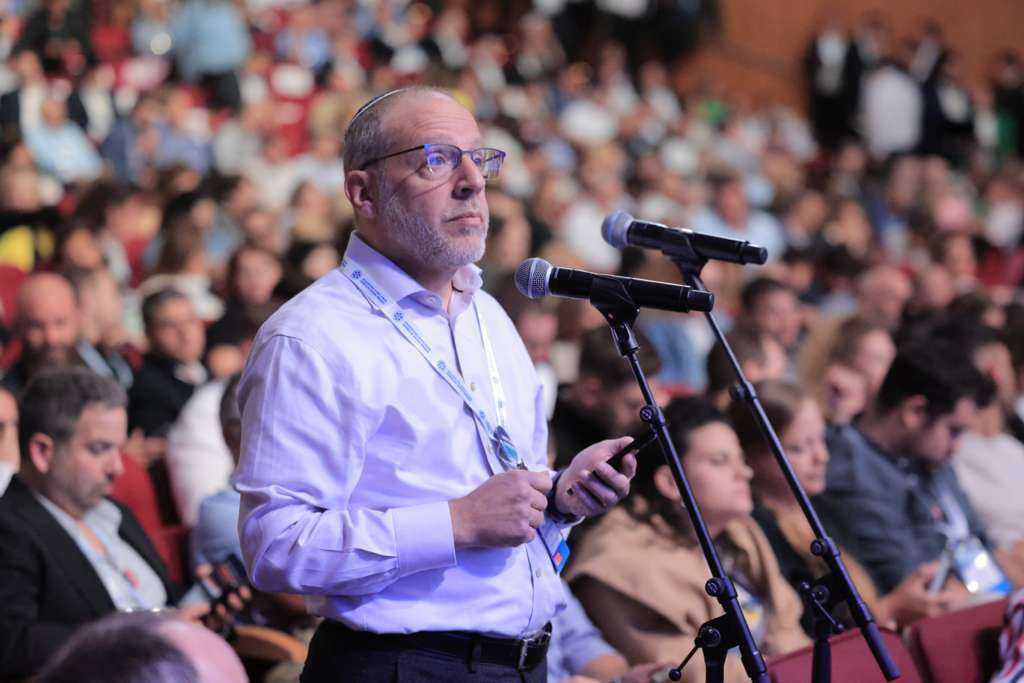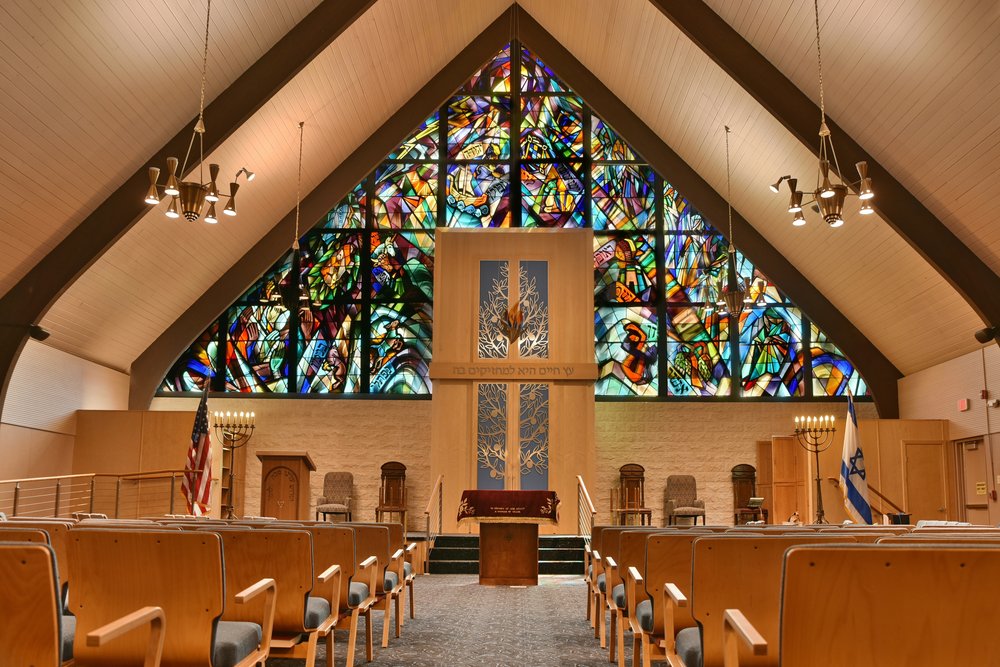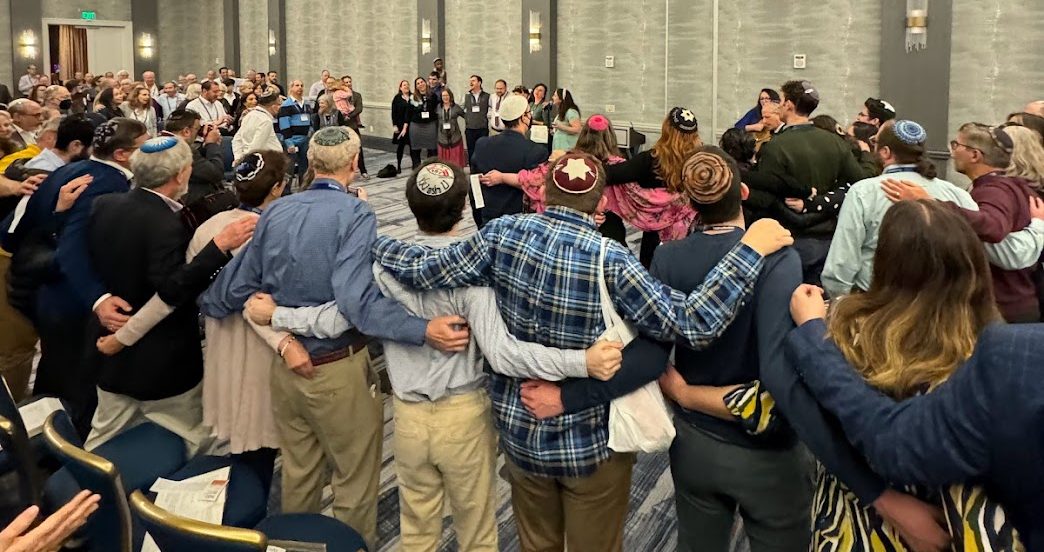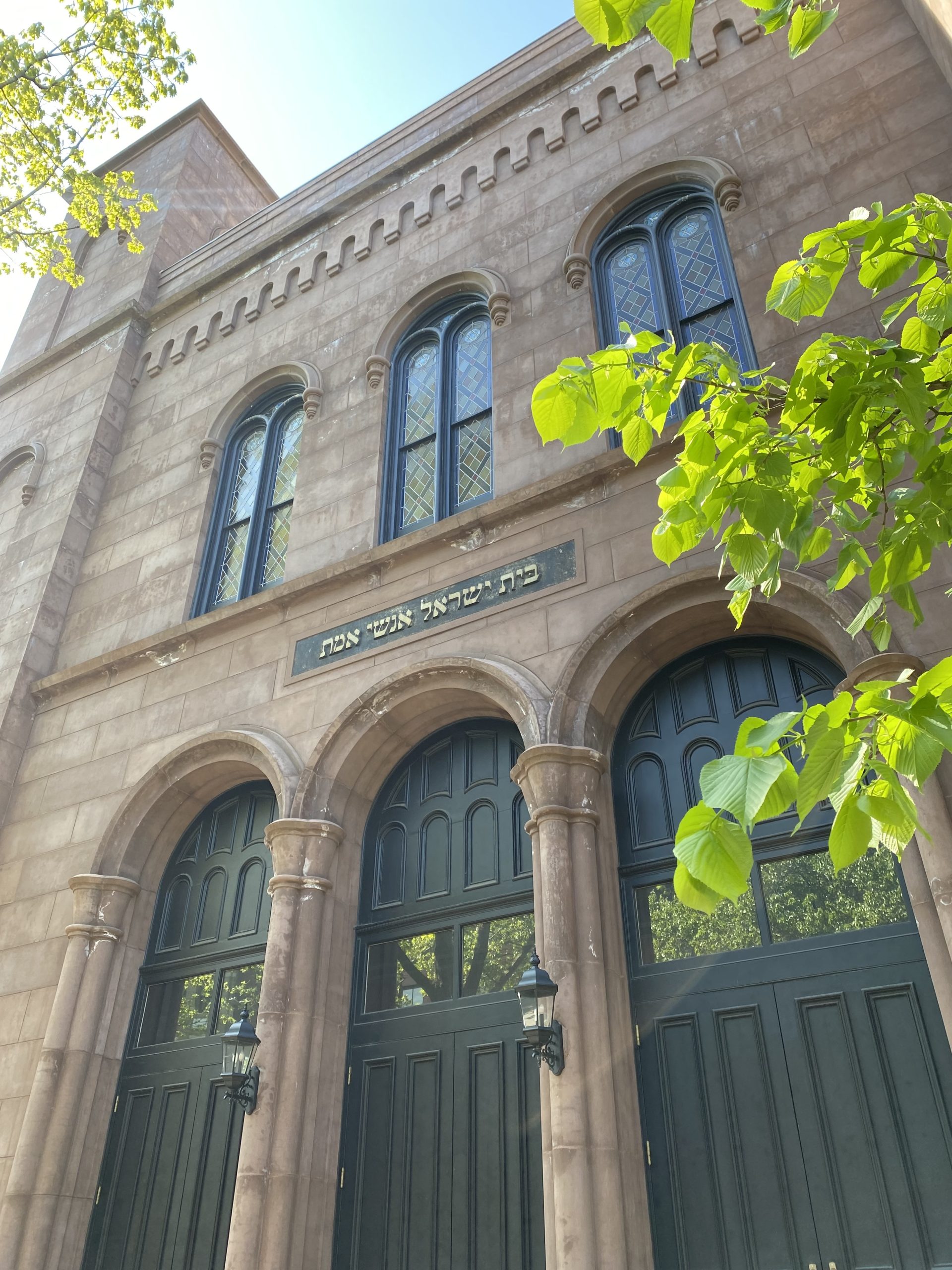As the thirtieth anniversary of my wedding date, June 20, approaches, I’m thinking about the multitudes of interfaith couples getting married this spring/summer season. So many choices, decisions, and sensitivities are involved in planning any wedding let alone one that combines families from different faith traditions. However, focusing on the cultural backgrounds of each partner, offers ample opportunities to celebrate what each person brings to the union in ways that preserve Jewish customs and values while respecting the Gentile family of origin.
In many ways, every marriage is an intermarriage. For example, if a secular Jewish American of Ashkenazi descent marries an Orthodox Israeli person with Sephardic roots, they are bound to navigate both what they have in common and what is distinct to each. Likewise, a Jewish/interfaith wedding can incorporate customs from Judaism with aspects of the Gentile person’s culture such as attire, food, music, broom jumping, and candle lighting. A Jewish-Irish wedding could include a bagpipe player, for example. The book Joining Hands and Hearts: Interfaith, Intercultural Wedding Celebrations is a practical guide that offers myriad examples of how to integrate the sacred with the secular.
Many “interfaith” couples do not actually practice dual religions, making the word a misnomer. If news of their engagement is greeted joyfully by the Jewish partner’s rabbi and family, they are more likely to create a Jewish home (and raise Jewish children if so blessed). Brandeis University’s study Under the Chuppah surveyed 1,200 married young adults. Those couples who had Jewish clergy present on their big day were more highly engaged in Jewish life than those who did not. One of the rabbis I consult with attended a same-sex interfaith couple’s wedding, which was a first for him; he subsequently announced their marriage from the bima and blessed their home with the installation of a mezuzah. When I visited this community, the couple approached me after one of the talks I delivered about interfaith inclusion to express how “refreshing and heartening it was to hear presentations” like mine, and how much the rabbi’s public support of their union meant to them. Hence, while the wedding was interfaith because one of the brides was raised Protestant, the couple’s religious community became the synagogue in which the Jewish bride was raised and where her parents still belong.
A wedding day itself is an opportunity to highlight what the betrothed each hold dear, to honor loved ones both present and deceased, and to create a unique experience for all who come to celebrate with the couple. 18Doors has a terrific new tool to help couples create Jewish/interfaith wedding ceremonies. There are nine brief videos that illustrate and explain these rituals: bedeken (veiling the bride or brides), circling, chuppah (wedding canopy), kiddush/erusin (wine or juice blessing and betrothal blessing), ring exchange, seven blessings, priestly blessing, breaking the glass, and yichud (private time for couple after ceremony and before reception). These videos educate both the Jewish partner and the Gentile partner of the meaning and implementation of these wedding rituals. The importance of the former should not be overlooked because, unless someone has studied Jewish marriage rituals, it is unlikely that even the Jewish person knows all of them by heart.
If there is a Jewish/interfaith wedding in your family, congregation, or community this wedding season, the most important words you can express to the couple are: “Mazal tov!”









